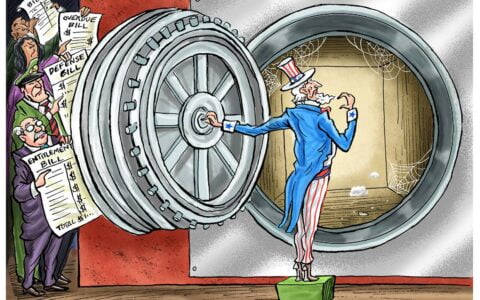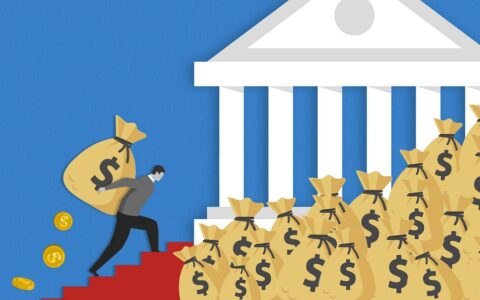The United States is approaching its debt limit, and the Treasury Department is taking special measures to avoid default. The debt limit, also known as the “debt ceiling,” is the maximum amount of money that the U.S. government is legally allowed to borrow.
When the government reaches the debt limit, it can no longer borrow money to finance its operations, which can have serious consequences. If Congress does not raise the debt limit, the government would have to rely on its limited cash reserves to pay bills and make payments, which could lead to a default on its debt obligations.
The government has reached the debt limit several times in recent years, and each time Congress has raised it to avoid a default. However, the ongoing debate over the debt limit has become increasingly contentious, with some lawmakers arguing that the government should reduce spending in order to avoid the need for more borrowing.
The debt limit is a complex issue with no easy solutions. One possible approach to addressing the problem would be to implement a comprehensive plan to reduce the federal budget deficit, which would reduce the need for borrowing over time. This could include measures such as cutting spending, increasing taxes, or a combination of both. Another approach could be to reform the budget process to make it more transparent and accountable, which would give lawmakers a better understanding of the government’s financial situation and allow them to make more informed decisions about spending and borrowing.
In conclusion, the debt limit is a critical issue that has the potential to cause serious economic problems if not addressed in a timely and responsible manner. The government needs to take steps to reduce its debt and reform the budget process in order to avoid a potential default and ensure long-term fiscal stability. The key is to take action before the debt limit crisis reaches its peak.
Author:Com21.com,This article is an original creation by Com21.com. If you wish to repost or share, please include an attribution to the source and provide a link to the original article.Post Link:https://www.com21.com/the-consequences-of-the-u-s-debt-limit-understanding-the-importance-and-solutions.html










Comments(1)
[…] effects of the US debt ceiling being reached and the US dollar devaluing have been felt around the world. Investors are now […]